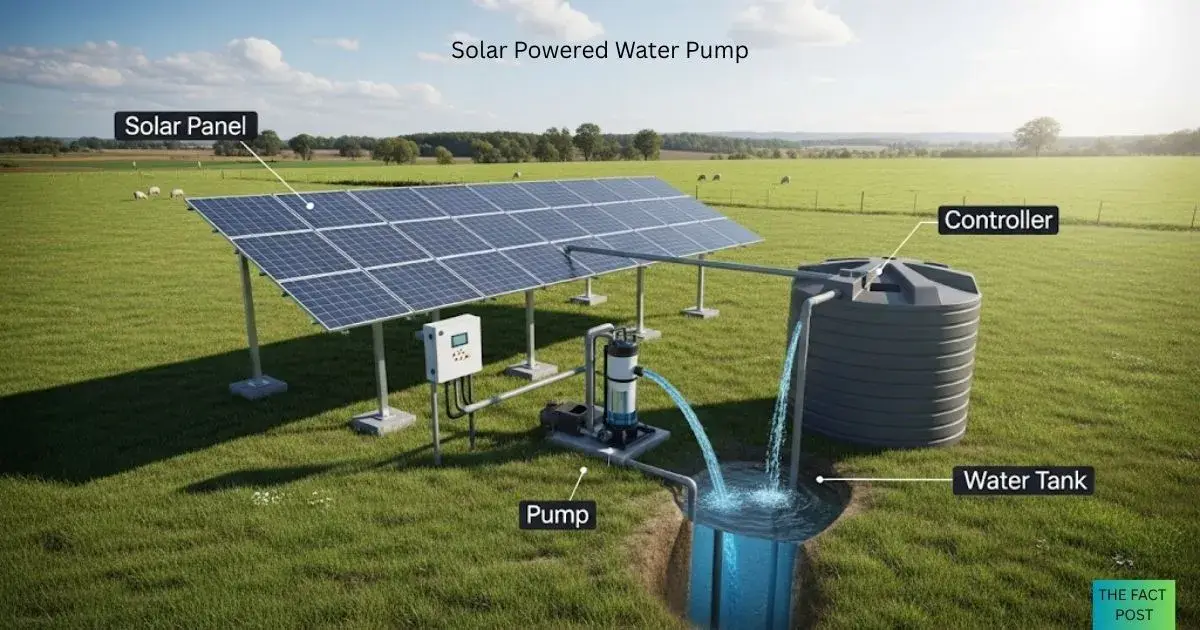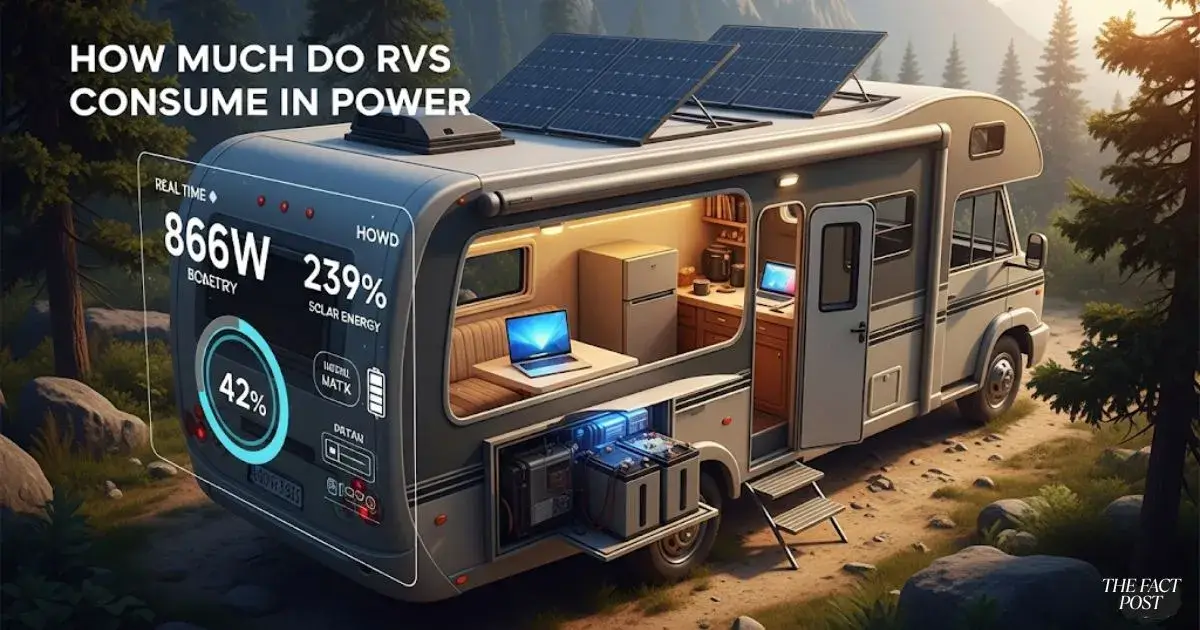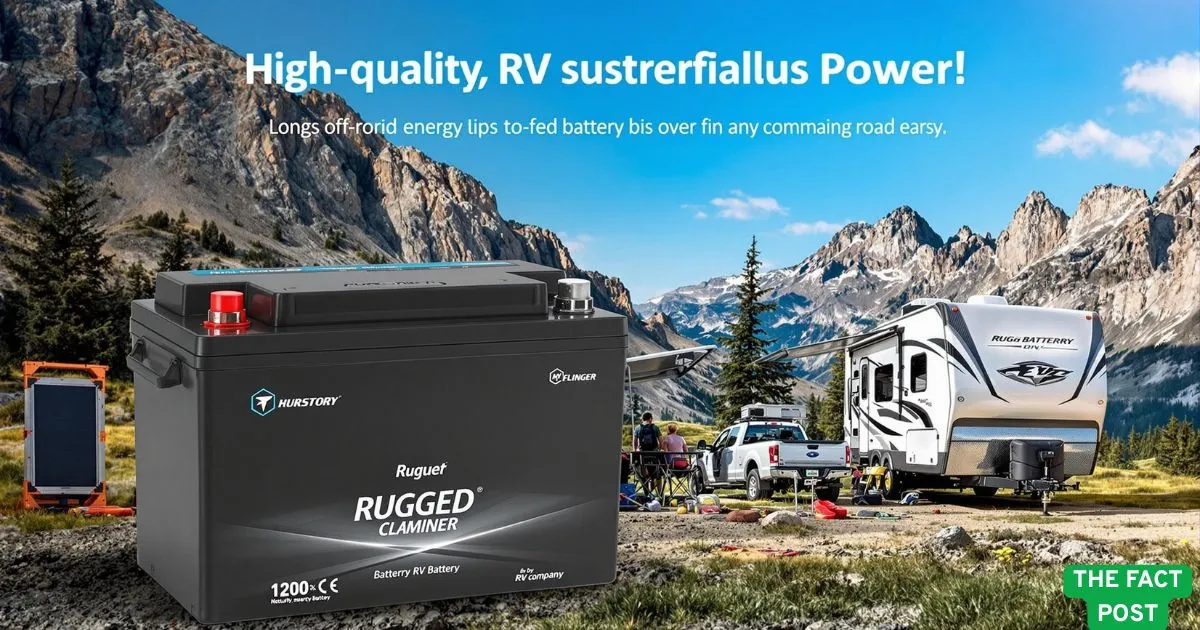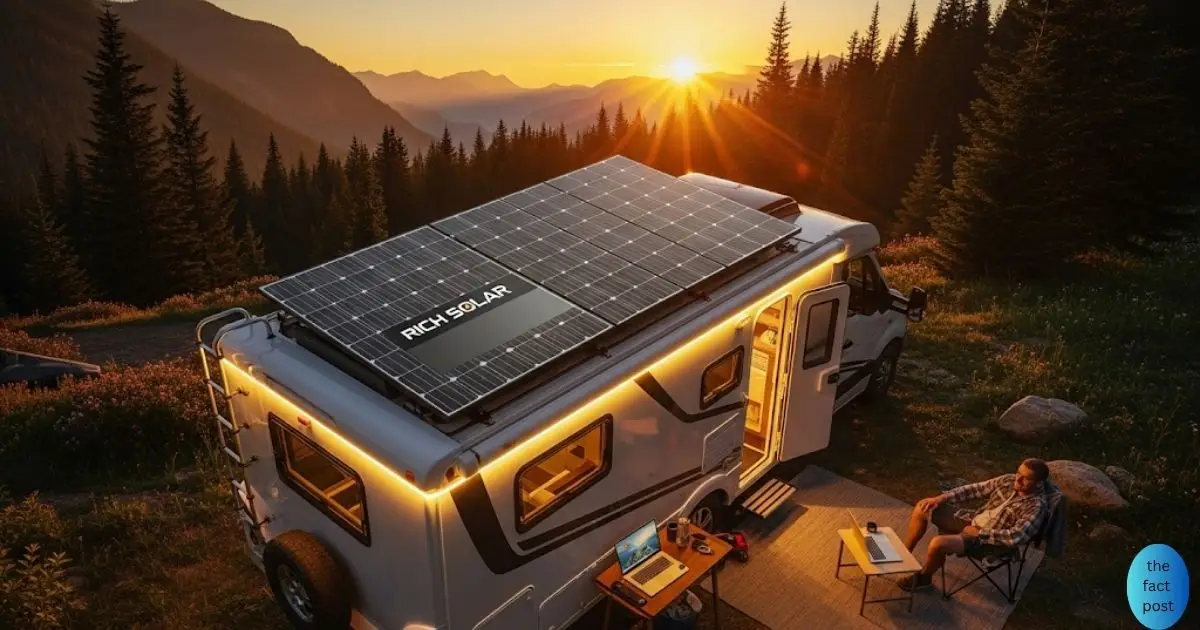Best Solar Powered Water Pump Systems That Work Anywhere (Complete 2025 Guide)
TOC:
Table of Contents
A solar powered water pump is an eco-friendly, off-grid solution that uses solar energy to move water from wells, rivers, ponds, or tanks—without needing electricity or fuel. Perfect for farms, homes, and remote areas, these pumps are powered by photovoltaic panels and come in both surface and submersible options.
They’re cost-effective, easy to install, and ideal for irrigation, livestock, or household water needs. Whether you’re wondering “
🌞 What Is a Solar Powered Water Pump?
A solar powered water pump is a water-lifting system powered entirely by energy from the sun. It replaces electric or fuel-powered pumps by using photovoltaic (PV) solar panels to drive water from sources like ponds, wells, rivers, or boreholes—even in the most remote places.
These pumps are ideal for:
- Farms and ranches
- Rural homes
- Livestock watering
- Garden irrigation
- Off-grid cabins
📌 Quick Facts About Solar Powered Water Pumps
- 🔋 100% Off-Grid – No need for electricity or fuel.
- 🌎 Eco-Friendly – Zero emissions and a lower carbon footprint.
- 🛠️ Low Maintenance – Fewer moving parts = fewer breakdowns.
- 💧 Range – Can lift water from depths of over 100 meters (330 ft).
- 💸 Cost-Saving – Reduces or eliminates fuel and electric bills.
🔍 How Do Solar Powered Water Pumps Work?
Here’s a simple breakdown of how they function:
- Solar panels absorb sunlight and convert it into electricity.
- That power flows into a controller or inverter, regulating voltage.
- The water pump (either surface or submersible) pushes or pulls water.
- Water flows into your tank, irrigation lines, or taps—all day, every day.
This process works even in cloudy weather, especially if paired with battery storage or water storage tanks.
🧰 Common Components in a Solar Pump System
- Solar PV Panels – Collect and convert solar energy.
- Pump Controller – Regulates flow and prevents damage.
- Pump (DC or AC) – Moves the water from source to outlet.
- Water Source – Well, river, pond, or borehole.
- Storage Tank (Optional) – Holds water for evening or high-demand use.
- Battery Backup (Optional) – Powers the system after sunset.
🆚 DC vs. AC Solar Water Pumps
| Feature | DC Solar Pump | AC Solar Pump |
|---|---|---|
| Voltage | 12V / 24V / 48V | 110V / 220V |
| Best Use | Small homes, gardens | Farms, commercial properties |
| Efficiency | High at low power | High at high power |
| Controller | Simple setup | Requires inverter or VFD |
Pro Tip: If you’re new to solar pumps, start with a 12V DC pump. They’re easier to install and safer to operate.
🌾 Use Cases for Solar Powered Pumps
✅ Domestic Water Supply
- Garden irrigation
- Household drinking water from wells
- Rainwater harvesting systems
✅ Agriculture and Livestock
- Drip and sprinkler irrigation
- Filling water troughs
- Flood irrigation from canals or tanks
✅ Commercial & Industrial Use
- Greenhouses
- Water treatment plants
- Construction site water supply
💬 Real-World Story: Brendan from Co. Galway
“I replaced my diesel irrigation setup with a 24V BLDC solar pump. I was nervous at first, but my electricity savings were over €1,000 in the first year. Plus, no more hauling fuel or dealing with breakdowns.”
🌟 Benefits of Solar Water Pumps (At a Glance)
- ✅ No Fuel or Power Needed – Ideal for off-grid living.
- ✅ Easy to Install – Most systems are DIY-friendly.
- ✅ Quiet Operation – No engine noise.
- ✅ Cost-Effective Long-Term – Lower lifetime cost than diesel pumps.
- ✅ Scalable – Add more panels as your water needs grow.
🚜 Best-Selling Solar Water Pump Models
Here are the most popular and trusted solar pump models:
| Model Name | Ideal Use Case | Flow Rate | Type |
|---|---|---|---|
| SolarFlo 35 | Small garden, DIY setup | 20–30 L/min | Surface Pump |
| SolarFlo 70 | Livestock or medium farm | 70 L/min | Surface/Submersible |
| SolarFlo 100SB | Deep borehole water | 100–120 L/min | Submersible Pump |
| SolarFlo 150SB | High-capacity farm/industry | 150–200 L/min | Submersible Pump |
🧪 Expert Tip: How to Size Your Solar Pump System
To find the right system, ask yourself:
- How deep is your water source?
- <10m? Go with a surface pump.
- 10m? You’ll need a submersible pump.
- How much water do you need per day?
- Garden use: ~100–200 liters/day
- Livestock: 500–1000 liters/day
- Irrigation: 2000+ liters/day
- How much sun do you get daily?
- Full sun (5–6 hours) is ideal.
- Partial sun? Consider battery backup or larger panels.
❓ Common Questions
Q: Do solar powered water pumps really work?
Yes. They’ve been proven in thousands of installations worldwide, even in cloudy climates and remote locations.
Q: How many solar panels are needed for a 1.5HP pump?
Roughly 1.5–2 kW of solar panels (about 4–5 panels at 400W each).
Q: Can I run a solar water pump at night?
Yes, with battery backup or by storing water in a tank during the day.
Q: Is a 12V solar water pump powerful enough for irrigation?
For small gardens or raised beds—yes. For large-scale irrigation, go for 24V or 48V systems.
🔚 Final Takeaway: Go Solar, Go Self-Reliant 🌞
If you’re living off-grid, farming, or just tired of high electricity bills, switching to a solar powered water pump is one of the smartest moves you can make. It’s sustainable, affordable, and effective.
You don’t need to be a technician to set one up. With basic tools and a sunny spot, you’ll be pumping clean water using only sunlight—in as little as a few hours.
🚀 Ready to Get Started?
👉 Click here to download our Free Solar Pump Planning Guide
Don’t let the grid decide when you get water. Take control with solar!





2 comments